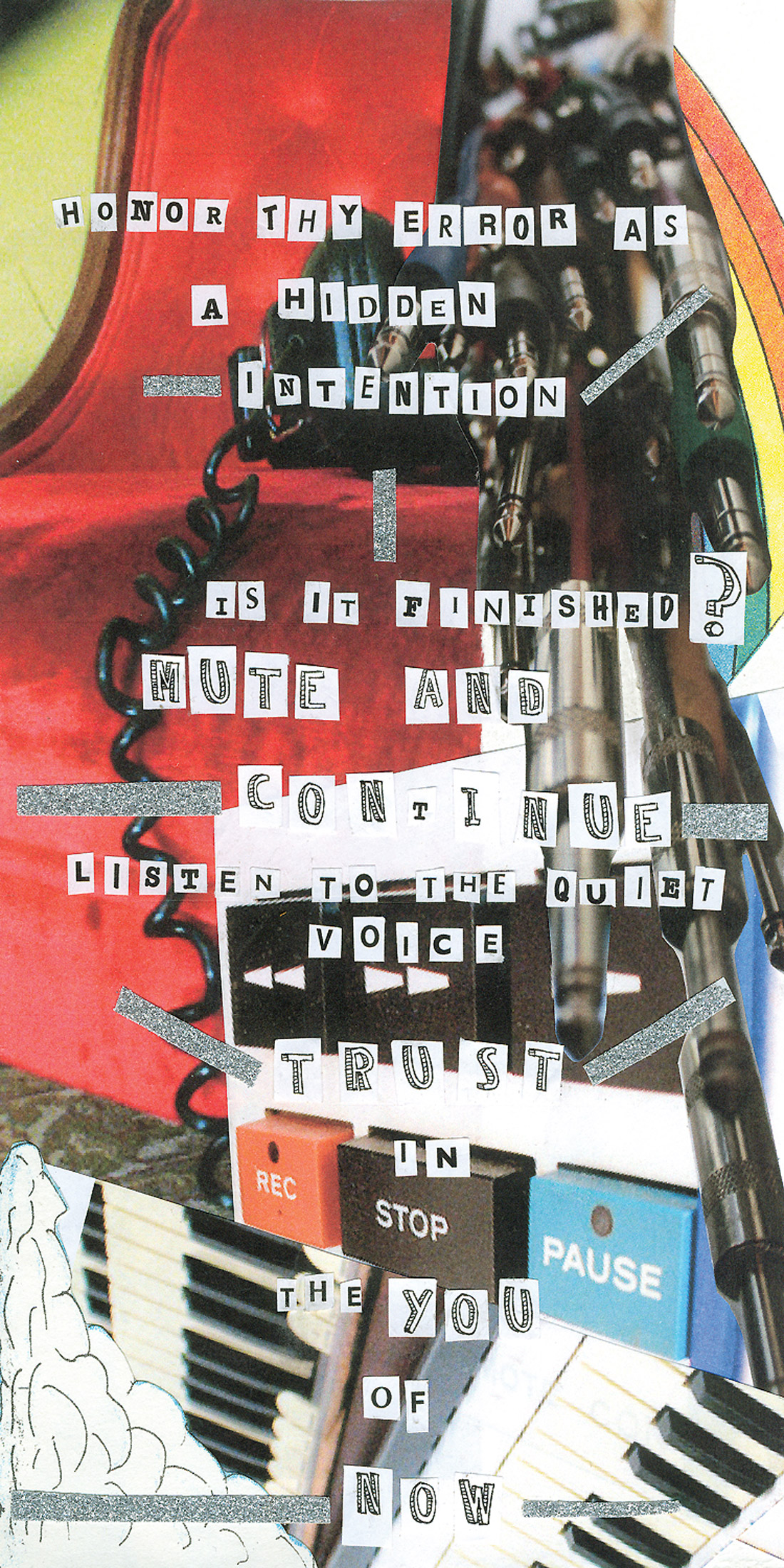SE Electronics has been busy building a loyal fan-base for their wide range of microphones, and they recently teamed up with Rupert Neve to design some new microphones for SE's lineup. The SE RNR1 active ribbon mic emerged as the first effort, where Mr. Neve brought his knowledge of transformers and circuit board design to the table and helped create a new standard in ribbon mic performance. Engineers love ribbons because their inherent design produces a smooth, natural, and flattering tone. However, there are some shortcomings of traditional ribbon mics, including self-noise, limited high-frequency response, and sensitivity to mic preamp impedance loading, which affects the overall color of the sound. By incorporating an internal amplifier circuit and high-quality output transformer, the microphone designer can vastly improve self-noise, frequency response, and output level as well as control output impedance loading of the microphone. Additionally, while the typical ribbon mic has a useable frequency response that is 5-10 dB down at 15 kHz, the RNR1 has an almost-flat frequency response that extends to 25 kHz with very low self-noise. These specs rival those of the best mics, regardless of the type of mic.
Cosmetically, the RNR1 looks about as different from any mic as you've seen. It's about 9'' long, made of black metal and rubber with a silver screen, and sits in a futuristic-looking shockmount. The powerful looking mic feels heavy and well-built, with the SE logo and Rupert Neve's signature decorating the front of the body. The only switch on the mic is for bass roll-off. The units I received were packaged in an aluminum briefcase which contained a very nice wooden box for the mic and the shockmount. The entire package feels very expensive and classy.
I'm personally a big fan of ribbon mics for percussion, overheads, piano, upright bass, and sometimes acoustic guitar; and over the past few weeks, I've used the RNR1 on all of these - and more. During use, my first impression was that the output of this mic is hot! So hot, in fact, that I had to use an inline 15 dB pad for almost all of the sources that I recorded. The preamps I used included API 512, Neve 1073LB (Tape Op #82), Great River MP-500NV, and Manley Slam - and every preamp needed the external pad. Maybe SE could include a built-in pad in a future version. For my first session, I mic'ed an upright bass with my usual mic placement, about a foot away and just above the f-hole on the player's left side, and I also took a DI from the bass for punch and brightness. For this recording of a pop song with orchestra, the RNR1 gave me the best double-bass sound I have ever recorded. I didn't even need the DI since the mic gave me a full, present tone with tons of natural low end and plenty of clarity. Next up was a three-piece horn section, and I placed a pair of RNR1s in front of trumpet and tenor sax. The sax player heard his tone and immediately asked where he could get the mic for his home studio. On trumpet, the ribbon sounded much more natural and pleasant than the large-diaphragm tube condenser that I would typically use. To me, if an instrument track takes EQ well, it says a lot for the quality of the mic - and I could add all the air that I wanted with EQ, and the horn's tone never got harsh or pinched. Later in the day, I recorded congas, udu, hand percussion, and cymbals with the RNR1 pair in near-coincident arrangement (but not quite Blumlein arrangement) and everything sounded great. I could easily add bite to the congas with a little EQ, and the metal percussion sounded very three-dimensional and lifelike. Steel-string acoustic guitar also sounded great through the RNR1. Alongside a small-diaphragm condenser that I usually use, the RNR1 had a similar presence, without the harsh bite. I could easily use the RNR1 recording of the guitar in a dense pop mix without having to carve out more body than I normally would. In general, I feel that the neutral and extended frequency response of the RNR1 allowed me to process the sounds with EQ and compression with fewer artifacts, and even the unprocessed tones fit most productions very well.
Many contemporary ribbon mics aim to compete with bright, modern condensers, while vintage ribbons are revered for their warm, natural tones. The SE RNR1 bridges this gap well, providing a natural tone that retains an open top end and great clarity. If you are in the market for a ribbon mic or just a fantastic all-purpose mic with a unique flavor, check out the SE Electronics RNR1. ($1995 street; www.seelectronics.com)
-Adam Kagan <adamkagan@mac.com>




_disp_horizontal_bw.jpg)